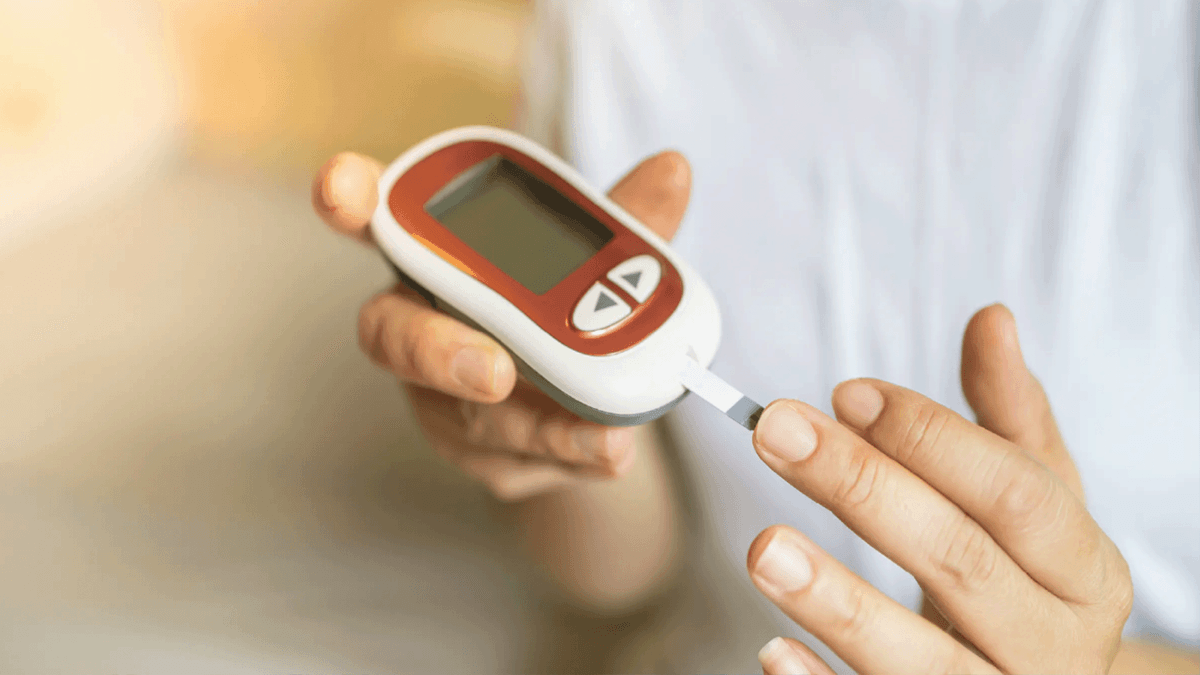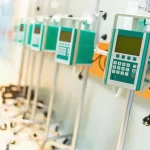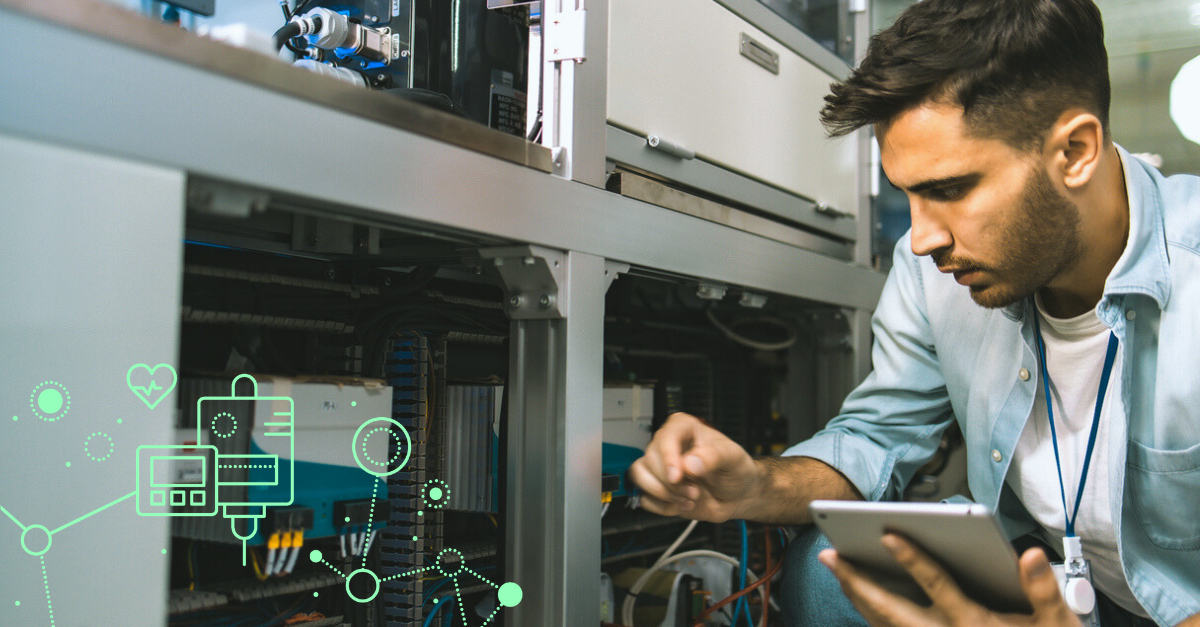Common Healthcare IoT Devices & Their Unique Cybersecurity Concerns

Internet of things (IoT) devices have become hugely popular. This is especially true for healthcare IoT devices, where new products are coming to market every year. Many of these devices aren’t adequately secured for the important data they track. For instance, they may lack updated software, be difficult to patch, or even be left with their default passwords! Some are also susceptible to theft. Even accidentally misplacing a medical device carries the risk of being found and used to access personal data.
Recently, there have been hacking incidents at hundreds of medical facilities, with damage totaling over $9 million per incident between May 2020 and March 2021. Thankfully, there is technology available to secure these devices against ongoing threats. In fact, Asimily was specifically developed to integrate with and protect medical devices.
On-Body Segments
Wearable healthcare IoT devices continuously monitor a person’s health status. By keeping tabs on health indicators and disease symptoms, IoT medical devices are able to manage many medical issues and enhance the quality of patient care.
Despite the multiple benefits of these products, on-body devices are also extremely vulnerable to cyber-attacks. This endangers the privacy of medical data, bringing cybersecurity risks to homes, clinics, and hospitals. Further, it puts patients’ health at risk, considering how dependent many of them are on these appliances. With new threats arising every week, it’s all the more critical to secure medical devices against hackers.
Glucose Monitoring
Glucose monitoring tools track blood sugar levels for diabetics. The use of these diabetes monitoring devices is widespread, with billions of dollars in sales annually. Once individuals know their glucose levels, they’re better able to administer the appropriate dose of insulin. Unfortunately, the devices for tracking diabetes can be broken into by bad actors.
When someone hacks a glucose monitor data stream, the victim loses the ability to gauge how much insulin to inject. Moreover, the attacker could gain access to confidential medical information stored on the device and break into connected medical practices.
Parkinson’s Disease Monitoring
Parkinson’s is a degenerative neurological disease affecting body movements. Healthcare IoT devices help track the condition’s progress. Additionally, these on-body devices have the ability to record more detailed and accurate data than can be obtained during clinical visits. This information is crucial for managing the disease and offering better care.
Parkinson’s disease monitoring—like glucose monitoring—is vulnerable to modification or unauthorized access. Either of these threats can compromise the quality of care. Because these appliances are not inherently secure, they need to be monitored.
Depression and Mood Monitoring
The same considerations for monitoring the body also apply to mental health conditions like depression. Devices track a patient’s feelings through physiological indicators. As the technology uses regular smartphones and wristbands, its healthcare IoT security defenses aren’t sufficient to guard against attacks. Compromised data, due to security flaws, pose a significant risk to patients.
Ingestible Sensors
There’s another category of on-body device, one that differs from wearables—the ingestible sensor. As the name implies, these innovative devices are literally swallowed by patients. Thereafter, the pill tracks internal issues such as stomach bleeding to aid in medical care. The pill sends information to a smartphone.
Such advanced technology can be a godsend for patients. That said, sending wireless signals from inside your body is about as invasive as threats get! It’s therefore essential to protect the privacy and security of these types of tools before they go into widespread use.
In-Home Devices
Many healthcare IoT devices hitting the market are destined for people’s homes. These are vulnerable to many of the same threats as in-body devices.
Remote Patient Monitoring
Remote patient monitoring technologies conduct similar monitoring as do hospitals—but in the comfort of the patient’s residence. By 2018, 3 million people had used this technology, and it’s grown rapidly since then. Unfortunately, homes are unlikely to have the same security precautions as hospitals, and sending data remotely adds to the risks. If a remote patient monitoring tool is infected, it could spread malware to healthcare organizations.
Pain Management
Several technologies assisting people with pain management connect to the internet. These devices send electrical stimulation to the spinal cord or inject medications into specific parts of the body. While any of these applications are risky, spinal cord pulses are especially sensitive. For example, the implants can be hacked to burn tissue, shock the patient, and cause muscle failure.
Community Health and Safety Devices
Community health and safety devices comprise the hardware used outside the home—and body. These allow healthcare providers to collect clinical-grade data where necessary. However, such tools come with their own set of security risks.
Point-of-Care Devices
Medical professionals use point-of-care devices to deliver services. As with on-body and in-home devices, point-of-care helps measure the body and identify useful remedies. As they may run legacy software and lack modern security features, you’ll need to protect these and other appliances with healthcare security tools from Asimily.
Emergency Response
Emergency response communications and medical alerts direct staff to the scene of an urgent problem. Any cyberattacks against these targets could potentially impact the healthcare provider’s ability to respond to crisis situations.
In-Hospital Devices
Hospitals have become densely packed with electronic devices—many of them online. These are necessary tools for the functioning of the facility but present an attractive target for criminals. Healthcare IoT devices process patient data; lives depend on them. In some cases, hospitals can’t even track all their devices accurately, which is why it’s important to use medical device tracking and security features from Asimily.
Real-Time Locating System
A real-time locating system (RTLS) provides instant data on the whereabouts of hospital personnel, patients, and devices. While it’s useful for streamlining procedures, RTLS is also vulnerable to attack. Malicious actors could modify the location data and then, for example, walk away with expensive hardware—and the protected health information it contains.
Temperature Monitoring
Hospitals monitor the temperatures of infants to guard against both overheating and underheating. The devices to measure temperatures are subject to attacks. If an infant is not within a safe temperature range due to such modifications, there are risks, including neurological defects.
Protecting Healthcare IoT Devices With Asimily
Healthcare IoT devices are now active in all corners of the community, exposing sensitive data to threat. The security breach arising from a hacked medical monitor can spread throughout healthcare networks. As a result, health records might be stolen or destroyed. Even worse, attackers could hijack medical devices to interfere with patient care. Around half of all attacks on medical devices affect patient care, while two-thirds affect patient data.
Healthcare organizations need comprehensive security systems like Asimily’s, which are specifically designed for the internet of medical things. If you want to ensure protection for your healthcare IoT devices, contact Asimily now.
Reduce Vulnerabilities 10x Faster with Half the Resources
Find out how our innovative risk remediation platform can help keep your organization’s resources safe, users protected, and IoT and IoMT assets secure.




